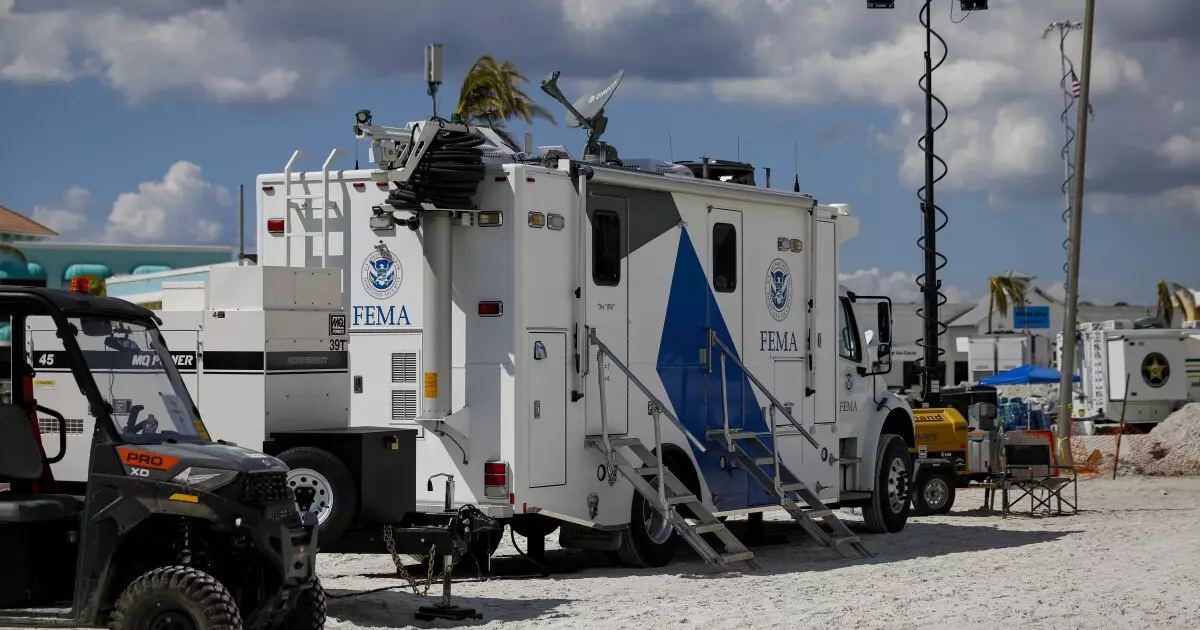The proposed cuts to the Federal Emergency Management Agency (FEMA) bring with them a disturbing set of implications for municipalities that lean heavily on federal resources to recover from natural disasters. Recent reports from S&P Global Ratings and commentary from Tom Kozlik, a prominent figure in municipal strategy, suggest a dismal outlook for local governments, especially for those teetering on the brink of financial distress due to frequent natural disasters. As we dive deeper into the potential fallout, it becomes crucial to grasp both the magnitude of these cuts and the fragility of municipalities that stand to lose the most.
Geographical Disparities and Vulnerable Regions
Kozlik’s insights shine a spotlight on the Southeast U.S. and various Gulf Coast regions, where the frequency of disaster declarations has alarmingly surged over recent years. This localized risk raises pressing concerns: What happens when these areas, already plagued by hurricanes, floods, and wildfires, find themselves stripped of the federal lifelines upon which they have relied? The ramifications of diminished federal support could lead to a staggering increase in financial strain for municipalities that find themselves unequipped to handle the economic fallout from an inevitable disaster.
In a climate increasingly defined by erratic weather patterns, the potential for devastation cannot be understated, and neither can the financial repercussions for cities that rely heavily on FEMA’s safety net. For these municipalities, the specter of bond defaults looms large if they are unable to recover from natural disasters without federal assistance. This uneven risk landscape is not merely a financial issue; it poses a real threat to community stability and wellbeing.
The Policy Shift: Capital Repair and the Risk of Default
One of the troubling aspects projected by S&P is the need for local governments to bolster their reserves in anticipation of disasters that may occur more frequently and with greater severity. Without FEMA support, cities could be compelled to tap into reserves, jeopardizing their credit footing. It’s a precarious balance: municipalities may be caught in a vicious cycle of withdrawing capital to address immediate needs while simultaneously risking financial ruin by failing to maintain necessary reserves for future contingencies.
More distressingly, S&P warns of unreimbursed property destruction and declining tax revenues, further tightening the noose around local budgets. This dual threat could drive municipalities closer to the brink of insolvency, with the added burden of political uncertainty surrounding FEMA’s role in disaster recovery looming large.
The Uncertain Future of FEMA
While former President Donald Trump’s rhetoric around potentially phasing out FEMA raises eyebrows, it is telling that recent congressional budget proposals still aim to retain the agency—albeit with less funding. What we need to grapple with is the potential transformation of FEMA’s mission and its credibility in meeting emergency needs as it grapples with diminished resources.
The plans to raise thresholds for federal assistance may signal a fundamental shift away from rapid response, leaving communities primarily on their own to navigate both immediate disaster recovery and the ensuing financial turmoil. This introduces a disconcerting question: Can municipalities effectively manage recovery efforts without the federal apparatus that has historically provided crucial support?
The Balance Between Federal Assistance and Local Responsibility
The emerging narrative is one of impending crisis juxtaposed against the backdrop of political maneuvering. While it may seem reasonable to expect states and municipalities to shoulder more responsibility in disaster management, such a shift must be handled with extreme caution. The truth is that drawing a line in the sand regarding federal support could leave many regions reeling.
As we stand at the crossroads of policy choices that will impact thousands of communities, it should be crystal clear that the future of local governance is deeply intertwined with federal support, especially in the face of climate realities that defy previous evocations of normalcy. If we underestimate the critical nature of FEMA’s role in local disaster recovery, we may discover far too late the consequences of ignoring the relationships between federal and municipal resilience in a world increasingly marked by uncertainty.

